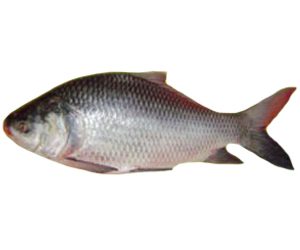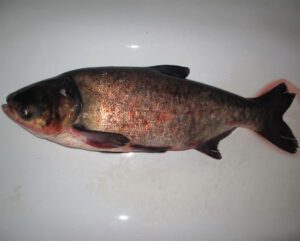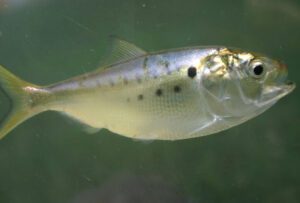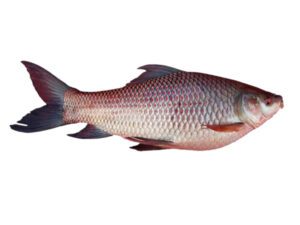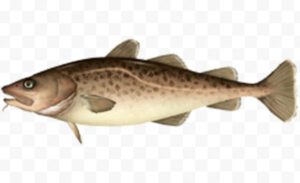Koi fish are very beautiful and colorful fish that are often found in ponds and gardens. They are very popular as an ornamental fish in many cultures, especially in Japan. In Japan, the koi fish are loved for their beauty, and are seen as symbols of strength, perseverance, and good luck. Today, these fish are popular not only in Japan but also in some other parts around the world.
Some people who are raising koi fish may have one question which is, “can you eat koi fish?”. The straight answer is yes, you can eat koi fish. But there are many important things to consider before making that decision. Here we are going to explore whether koi fish are safe to eat or not.
What Is A Koi Fish?
Before discussing more about whether can you eat koi fish or not, let us first explain what koi fish actually is. Koi fish is actually a type of ornamental carp fish which are raised for their stunning colors. Their common body color can include shades of orange, red, yellow, white, black, and blue.
Koi fish are often kept in large outdoor ponds in gardens or temples. But today, they are also available in many other places around the world. These fish can grow to be very large (sometimes up to 3 feet long). And they typically live for many years (sometimes even up to 50 years).
Koi fish have deep cultural significance in some countries, especially in Japan. They are mainly admired for their ability to swim upstream and overcome obstacles. And these features of koi fish symbolize strength and determination. These fish are also thought to bring good fortune, and many people believe that having koi fish in their pond can bring blessings to their home.

Can You Eat Koi Fish?
Koi fish are actually not raised for using as food. Rather they are raised mainly for decorative or ornamental purposes. You can definitely eat koi fish, but most of the people typically don’t eat them. These fish are often kept in decorative ponds. And some of these ponds may not be clean or suitable for raising fish for consumption. Some of the ponds can have harmful chemicals or bacteria that could make you sick if you eat the fish. Some of the koi fish are often treated with medicines and chemicals for keeping the fish healthy.
And in some areas, koi fish can be very expensive to buy (especially the more colorful or rare varieties). Most of the people who raise koi fish, keep them as pets, and it would not be common to think about eating them. Some koi fish can cost thousands of dollars. For this reason, most of the people don’t want to eat these fish.
In terms of taste, koi fish are known for having a strong, and sometimes muddy flavor. Koi fish are also bony, which means that eating them can be very difficult and not very enjoyable for some people.
Koi Fish Taste
The taste of koi fish is almost similar to other types of carp fish. Meat of most of the carp fish has generally firm texture with a somewhat fishy or muddy taste. And this taste can be stronger in fish that have lived in ponds, especially if the water they lived in was not changed regularly.
Frequently Asked Questions (FAQs)
People often ask several questions regarding this fish species. Here we are trying to list the most common questions related to whether can you eat koi fish or not. Hope these answers will help you. Don’t hesitate to ask if you have more questions.
